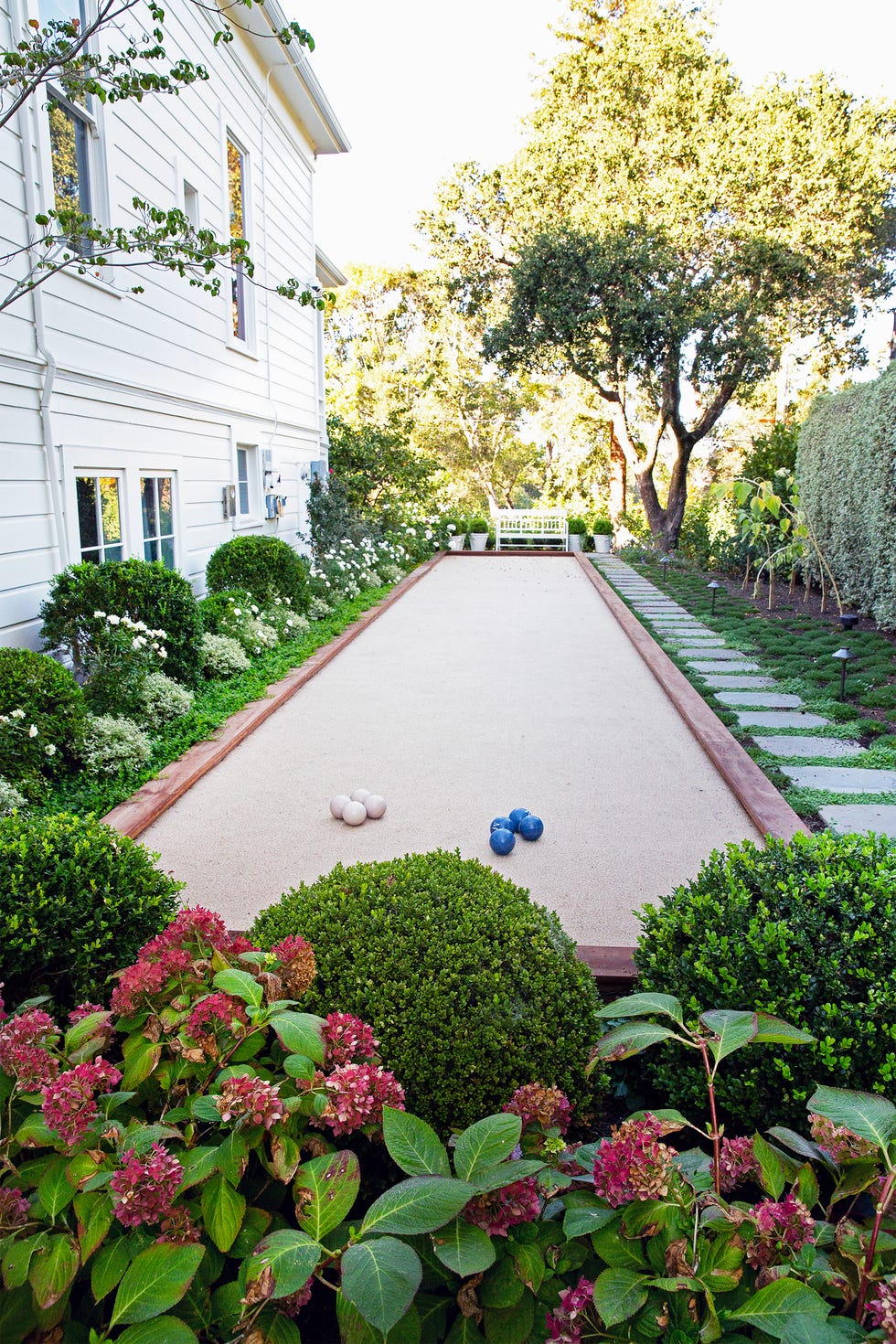Landscapers - Truths
Table of ContentsAll About Landscapers6 Easy Facts About Landscapers ExplainedNot known Details About Landscapers How Landscapers can Save You Time, Stress, and Money.The Ultimate Guide To LandscapersThe smart Trick of Landscapers That Nobody is Talking About
- A garden attribute where water is represented by an aggregate rock product, generally a crushed rock or granite.- A stone or flagstone patio area, path, or walkway constructed without a concrete base.- A stone keeping or totally free standing wall surface built without the use of mortar. - An underground structure that gather water and allows it to slow down percolate into the dirt around it.
Landscape style that works with a websites' environment in both look and sustainability without unfavorable effects to the atmosphere. Bordering in the landscape is a line of separation that develops aesthetic passion in the yard by dividing one segment from another section. This can be visual or useful, keeping one component (such as pea gravel) from getting blended into another (like bark dirt).
Areas can additionally have a feeling of "room" provided by trees, various other plantings, fences, or displays. The landscape near the entry to a structure.
The Single Strategy To Use For Landscapers

The element in a landscape layout or area in a landscape that is implied to be most popular. The focal point can be a plant, rock, statuary, collecting room, or other landscape feature.

Landscapers - Truths
Rock product, either rounded or fractured, that is reasonably tiny- usually 1" or much less. Low plants that are permitted or motivated to top a location. Can refer to any "hard" yard components consisting of statuary or rocks however the majority of commonly is utilized to refer to courses, outdoor patios, and walls.: Elevation distinction in between the level of water in a pond (or the level of the pump if it rests outside the pond) and the upper outlet of water which influences performance of the water pump in gph (gallons per hour). Thick hedges or trees that form a fence, display, or limit.
Fence boards that run flat, commonly made use of in contemporary or Japanese-inspired landscape layouts. Correct use of imaginary lines can aid the landscape feel connected to the home and various other aspects.
A more unwinded yard controlled by bent instead of straight bed lines and a much less inflexible framework. Conventional PNW landscapes are informal. A plant that spreads greater than preferred, or right into environments where it does damages. Rose city has a checklist of intrusive plants that must not be mounted in landscapes since they can infect woodlands or waterways and be challenging to regulate.
Unknown Facts About Landscapers
Smart irrigation controller testimonials and referrals below. 2-D making of the suggested irrigation system. Can include head positionings and protection, pipeline sizing, GPM specifications, and materials required to mount this system. A watering strategy is generally unnecessary for domestic homes however is common for commercial jobs. Accredited professional that makes landscapes, schooled in design and style along with in horticulture.
The expert that intends and establishes landscape jobs, generally at a property or small business level with the major style incentive on growings. Landscape developers normally have much less schooling than Landscape Architects and are not certified. discover this info here A finished landscape style, describing all aspects for the new landscape. This generally takes the type of an illustration theoretically.
Calcium material utilized to increase the pH in dirt, which will make it much less hospitable to moss (Landscapers). A water limited HDPE material utilized beneath ponds, streams and waterfalls in water features. Using lots of growings of the very same variety to complete a location in the landscape. This can decrease maintenance and water usage in the garden.
A mix of concrete, sand, and water that is made use of in rock stonework for setting rocks and joints. A layer of compost or bark dust applied at the base of a plant. A mass growing of moss. A plant that existed in a geographical area before individuals began altering the landscape.
The Buzz on Landscapers
Exactly how the garden or a garden component is prepared in partnership to an existing or new function or to an instructions. Yards that are not trimmed yet expanded in landscapes as perennials.

Plants that provide seasonal interest and then pass away back in the winter. Cold season grass that is the most usual turf yard in Portland, OR and the rest of the PNW.An open roofed structure over a patio area or various other landscape attribute.
Lava important link aggregate varying in dimension from 1/4" down to dirt. The most usual landscape crushed rock in the PNW. Area of the landscape developed to manage water until it can soak into the ground. A chain that regulates water as it travels from a roofing gutter to the ground. Yard structure that develops a growing location that is contained and greater than the surrounding grade.
Developing a garden function consisting largely of stones with plantings that enhance and can thrive in the rocky setting. Sprinkler head style that revolves a stream of water across a location.
Not known Facts About Landscapers
